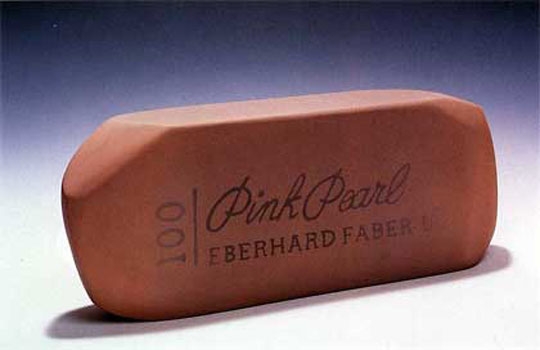
May Gallery hosted an installation by two artists, Family Dollar Tree General Store parts 1 and 2. Many of the works made by volunteer labor were "shoplifted" during the show's run.
Ordinary and “Lifelike” Objects: A Debut Review from the City of New Orleans
In the city of New Orleans, two exhibitions that ran concurrently, as cogeneration extends from one source, appeared as if an intrinsic grandfather birthed the concepts presented.
“Lifelike, ” which closed at the New Orleans Museum of Art February 3, encompassed work made from the late 1960’s to the present. Artists including Robert Bechtle, Vija Celmins, John Clem Clarke, Chuck Close, Daniel Douke, Alex Hay, Jasper Johns, Sylvia Plimack Mangold, Robert Rauschenberg, Andy Warhol, and contiguous pieces from artists working in the present day like, Tauba Auerback, Keith Edmier, Tom Friedman, David Lefkowitz, Robert Therrien, Rirkrit Tiravanija, Gavin Turk, Sam Taylor-Wood, amalgamated in this massive show, organized by the Walker Art Center. These artists “embrace the visual vocabulary of ordinary life,” museum wall text offered.

Alex Hay, Paper Bag, 1968

Vija Celmins, Eraser, 1967
Across town in May Gallery, one of the newer galleries to have popped up around the Saint Claude Arts District, ordinary life underscored the collaboration by artists Clark Allen and Bob Snead, culminating in a two-part installation that closed February 1st. May Gallery and Residency director, Keene Kopper played matchmaker of the two artists such that a seamless continuity within the design of the show seemed almost manufactured.
In “Family Dollar General Tree,” Part 1: Assembly Line, Allen and Snead worked as supervisors of an assembly line staffed by worker volunteers, instructing the workers on how to fabricate cardboard toilet paper rolls as commonly found in a dollar store. The sounds were cacophonous, with earplugs offered, if you wished to participate in the production line. When the object was finished a switch turned on the conveyer belt, and the product fell onto a pile on the floor of items waiting to be shelved in Part II.

Allen and Snead, Family Dollar Tree General Store
Maybe it wasn’t clear to some that the products were not waste and actually were the objects that would make up the final installation, because thefts began, and many of the items that were created went missing before they even hit the shelves to be sold to the consumer. Acknowledgment that many did not read the text adjacent to the time clock. Before entering the gallery, you were asked to clock in, with an old time punch and a warning serving as an artist statement directed us to, not steal and not loiter. “…Just buy something and leave. We couldn’t imagine why you’d want to loiter here anyhow. Didn’t you hear the announcement when you walked in the door? They are watching us and we are not a corner store, though Corporate insists that we project our pride in being as convenient as one…”
Check out a video of Part 1: Assembly Line, here shot by the New Orleans Times-Picayune writer Doug McCash. (See this link for artists’ photo-documentation of the show.)

Family Dollar Tree General Store, Allen and Snead, part II
Snead said, about his and Allen’s collaborative installation, “A lot of the objects we are making from memory. Sometimes we look at a photo, but for the most part we are kind of like, ‘oh this is how a Tide bottle looks’ and then we start cutting and shaping the thing. It looks sort of like a Tide bottle, but it is really just an impression of a Tide bottle. None of these objects are trying to create that slippage between reality and fiction that you see often in ‘Lifelike’ as we let the hand of the maker show.”
Allen and Snead asked for audience participation in their installation and used, “the assembly line as an object in the piece, we really wanted folks who participated in the line to have a connection to making something, because when we go into these stores, at least from my experiences, I am really disconnected from how the objects are made generally, and I wanted to bring it back to a connection of making something.” (Snead, January 17)
The two exhibitions questioned our relationship to objects most often overlooked in daily life, and gave them resonance through the laborious task of recreating them, or through a repositioning of the space which they inherently occupy. We are still in wonderment of the difference between trash and treasure and the questionable need for stuff. Marcel Duchamp has explained it, “ …as a form of denying the possibility of defining art…The ready-made comes in as a sort of irony because it says, ‘here it is, a thing that I call art I didn’t even make it myself.’ The problem was to choose something that was not interesting that you did not like or did not dislike ‘twas in the realm of indifference. And as we know, art, etymologically speaking, means ‘to make’ ‘hand make’ and there, instead of making it, I think it’s ready-made. With a total absence of good or bad taste.”
